The Metaverse may be an emerging concept, but the impact that virtual game-like worlds can have on the trillion-dollar retail industry was recently demonstrated during Metaverse Fashion Week (MVFW). This entirely virtual experience was held from March 24–27, 2022, in Decentraland, a decentralized virtual social platform on the Ethereum blockchain. The online event attracted more than 70 brands, artists and designers including big names like Tommy Hilfiger, Estée Lauder, Philipp Plein, Selfridges and Dolce & Gabbana.
Gigi Graziosi Casimiro, head of Decentraland’s Metaverse Fashion Week, told Cointelegraph that MVFW is a diverse event aiming to connect physical and digital fashion with traditional brands and new creators:
“MVFW is important because it connects many parts of a bigger engine in the fashion industry. This event allows brands to explore new possibilities for their creation and communication with customers. We are essentially building a stronger fashion community in Decentraland that allows people to express art beyond physical limitations.”
Bridging the physical and the digital
Indeed, MVFW provided a glimpse into what the future of fashion may look like, as brands and designers displayed wearable nonfungible tokens (NFTs) on 3D genderless avatars that strutted across fantasy-like catwalks. While the concept may sound entirely unrealistic — which is the intent — renowned fashion designers praised MVFW as one of the most exciting and opportunistic ways for brands to further engage with consumers.
Avery Baker, president and chief brand officer of Tommy Hilfiger Global, told Cointelegraph that the Tommy Hilfiger brand has been curious about new trends and technologies, especially those that allow the label to connect with consumers in unique ways:
“Consumers’ appetite for digital experiences has never been stronger and as we integrate the digital and physical worlds, the Metaverse offers endless opportunities for creativity, collaboration, storytelling and community building. Whether it’s NFTs, avatar fashion shows or something else we haven’t explored yet, I’m excited to see what’s to come.”

Echoing Baker, American fashion designer Tommy Hilfiger mentioned during a fireside chat that the Metaverse is the future of fashion that took place at MVFW. Hilfiger was alongside Justin Banon, co-founder of Boson Protocol — a Web3 protocol building a settlement layer for commerce in the Metaverse — and Cathy Hackl, chair of MVFW. At the beginning of the discussion, Hilfiger stated:
“It’s part of our DNA to embrace what’s next, and I really believe the Metaverse is next and will lead us to more creativity, more experiences and more opportunity to build a community of fans worldwide.”

German fashion designer Philipp Plein also participated in MVFW, displaying his latest digital-only NFT collection in the newly acquired $1.4 million Plein Plaza, a 176,528 square-foot plot of land in the Decentraland metaverse.

Plein told Cointelegraph that he chose to be a part of MVFW for a few reasons, one being that the first event he hosted in Decentraland was very successful. “We had our first event in Decentraland in February this year, which featured a real humanoid robot representing our voice in the Metaverse. We attracted over 3,000 attendees and sold 11 sneakers within an hour via an auction powered by NFT auction house Portion,” he said. Plein added that the average time attendees spent at his initial metaverse event was 40 minutes, which is much longer than the amount of time consumers typically spend looking at websites.
Shedding light on this, Banon told Cointelegraph that brands can better engage with consumers in the Metaverse since virtual environments blur the boundaries between physical and digital worlds. “What we are seeing is physical and digital items becoming “digiphysical” — digital tied to physical — or physical items that have an experience component as well,” he said. In terms of how this will play out, Banon elaborated that Boson Protocol enables digital and physical elements to be represented by an NFT that can be gamified, tradable and programmable, making the Metaverse a game-like world for commerce. “This is all merging into physical and digital experimental commerce,” he said.
To put this in perspective, Banon said during the fireside chat that in the future, there could be a window display at a flagship Tommy Hilfiger store featuring a digital jacket that can’t be purchased in-store. In order to buy this item, Banon noted that consumers would have to scan a QR-code that would then take them to a metaverse environment, like Decentraland, where a game or quest would have to be played in order to earn an NFT. This NFT would then potentially unlock three components: a digital wearable to wear in the Metaverse, a redeemable physical NFT that can be claimed from a store or website or an experimental NFT that will give consumers access to a Tommy Hilfiger fashion show or event in the future. “That physical to the digital experience for retailers is what the Metaverse and Boson Protocol enables,” explained Banon.
Although only a few major brands have been dabbling in physical to digital designs, Hilfiger commented during the fireside chat that he wants to be a step ahead of the competition. He said:
“The Metaverse allows us to evolve the retail journey we are on. We are always looking for ways to make retail exciting because we know it can get boring doing what we’ve been doing in years past, which is just selling physical products. If we are living in the Metaverse, it allows the community to create digital skins, buy, sell, trade them or put them on avatars to play games with and then reap the rewards.”

In addition to digital wearables displayed on 3D avatars, MVFW featured pop-up shops from retailers selling NFT accessories tied to physical items. For example, Privé Porter, a global leader in luxury collectible accessories, planted its luxury resale pop-up shop in Decentraland’s Threedium Plaza. During the four-day event, Privé Porter featured four 3D NFT Hermès bags exceeding $500,000 in value.

Jeffrey Berk, co-founder of Privé Porter, told Cointelegraph that the company has never dabbled in e-commerce before, noting that Privé Porter has exceeded over $130 million in revenue to date, largely off of its Instagram account. Berk noted that there is also a physical Privé Porter located in Miami’s Brickell City Center. According to Berk, Privé Porter plans to become involved with e-commerce to reach other platforms and expand, which is why the reseller featured 3D NFT Hermès Birkin and Kelly handbags during MVFW. “We are offering a more engaging experience than anyone else selling a Birkin today,” said Berk.
Berk elaborated that consumers who visit the Privé Porter pop-up are able to interact with the items by clicking on the 3D handbags. Boson Protocol’s technology then creates a pop-up interface with pictures, descriptions and other data specific to the item. If a consumer wishes to buy a bag, they will be asked to confirm a blockchain transaction that results in Boson Protocol’s smart contracts taking custody of the payment and the issuance of an NFT Voucher, redeemable for the physical good.
“The buyer may then decide to transfer, trade or redeem the NFT Voucher for the physical item,” explained Berk. He added that if a customer decides to redeem the voucher, Privé Porter will deliver the item and issue the customer a Privé “A-NFT,” which is an authenticated nonfungible token where the amount of the sale is forever documented on the blockchain. Although MVFW ended on March 27, Berk said that the Privé Porter pop-up saw enough traffic that Threedium — the company’s 3D technology partner — asked Privé Porter to extend its presence in Decentraland through the end of April 2022.

In addition to Privé Porter, the privately-held jeweler and wristwatch retailer Jacob & Co. hosted a showroom at MVFW in the UNXD Luxury District to display its new “Astronomia Metaverso” collection. Shashi Menon, Dubai-based publisher of Vogue Arabia and founder and CEO of UNXD, told Cointelegraph that he views this collection as a catalyst to how luxury fashion accessories will look in the future. “Jacob & Co. will do the same for watches and jewelry as Dolce & Gabbana did by becoming the first luxury label to display their designs in the Metaverse,” said Menon.
MVFW gives a glimpse of the future of retail, but will it catch on?
While the Metaverse enables a greater opportunity for brands and designers to reach consumers, some may wonder if this game-like concept will resonate with the mainstream, especially older generations. For instance, Hilfiger mentioned during his panel that the Metaverse is unlocking the future of fashion, specifically because we are living within a culture defined by Generation Z. “We have to speak their language, and this is the language they speak,” commented Hilfiger.
Although this concept may resonate with younger individuals, the technical aspects associated with the Metaverse may be challenging for some. For example, some users expressed technical difficulties during MVFW, noting that computers couldn’t handle Decentraland’s requirements.
Regarding technical complications, Casimiro explained that Decentraland is optimized to run as smoothly as possible across the board, but “older systems, out-of-date software, etc., occasionally may see unforeseen issues.”
Moreover, the graphics in Decentraland may also require improvement once marketing in the Metaverse gains traction with more brands. Jason Rosenstein, CEO of Portion — an NFT marketplace built on Ethereum — told Cointelegraph that there are limitations in Decentraland due to low resolution and texture. “We have to put this on the blockchain, so it’s super-low resolution, which is a huge constraint for brands. But, this is a problem for every metaverse ecosystem today,” he said.
Concerns aside, MVFW seems to have convinced many that the future of retail does indeed exist in the Metaverse. According to Banon, Boson Protocol is already working with many brands on creating a metaverse strategy:
“In the next 12-18 months, brands will experiment and do pilots in the Metaverse. Some may fail, but in the next two years brands won’t get a pass. If you are a marketing or innovation director of a brand and don’t have a metaverse strategy in place, you probably won’t have a job moving forward.”
While it’s difficult to predict the future, it’s worth mentioning that crypto investment giant Grayscale recently found the Metaverse to be a trillion-dollar revenue opportunity across advertising, social commerce, digital events, hardware and developer/creator monetization. Moreover, designers who have already started exploring the Metaverse are currently shaping the ecosystem for others. For example, Hilfiger remarked during his panel that moving forward, it will be up to the Hilfiger community and consumers to determine what products they want to shop for:
“I think that in five years time, we are going to see digital and virtual stores that will change rapidly and not remain the same. We want to create stickiness. We want our community to come to Tommy Hilfiger and stay there as part of their lifestyle, so they are going to tell us what they want and need.”
Plein added that he currently has 100 stores worldwide, but he will soon be opening a pop-up shop in London where customers will also be able to purchase NFTs upon check out as wearables for avatars in the Metaverse. “This is an upsell that will be available to our clients, which will also help bring the mainstream in,” he said. Banon added, “in a year or so, it will be unusual for brands not to offer digital wearables.”

You can get bonuses upto $100 FREE BONUS when you:
💰 Install these recommended apps:
💲 SocialGood - 100% Crypto Back on Everyday Shopping
💲 xPortal - The DeFi For The Next Billion
💲 CryptoTab Browser - Lightweight, fast, and ready to mine!
💰 Register on these recommended exchanges:
🟡 Binance🟡 Bitfinex🟡 Bitmart🟡 Bittrex🟡 Bitget
🟡 CoinEx🟡 Crypto.com🟡 Gate.io🟡 Huobi🟡 Kucoin.


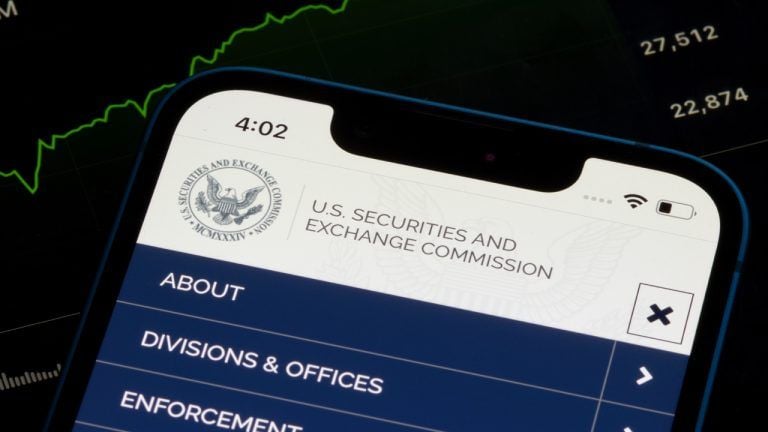
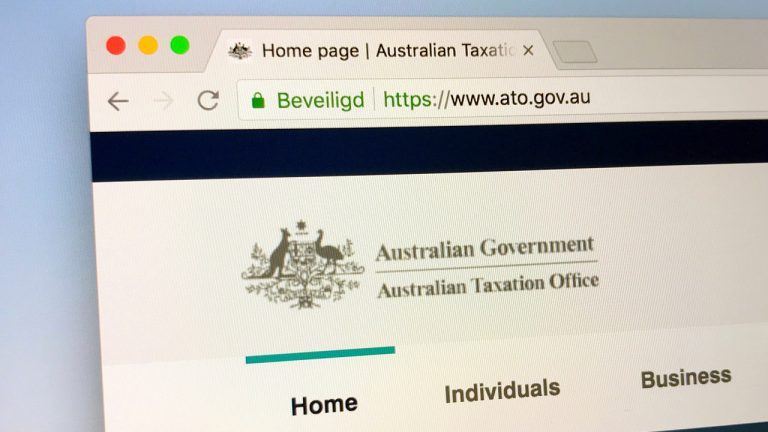
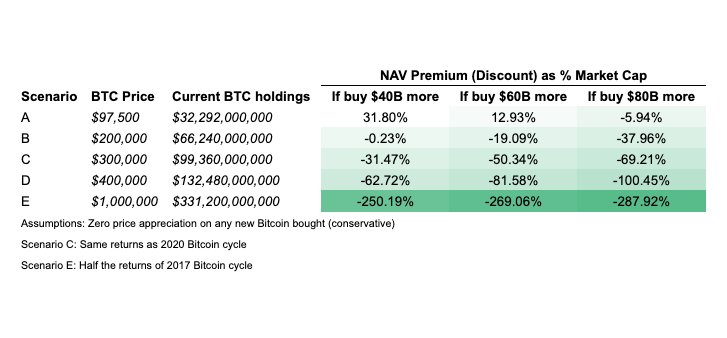
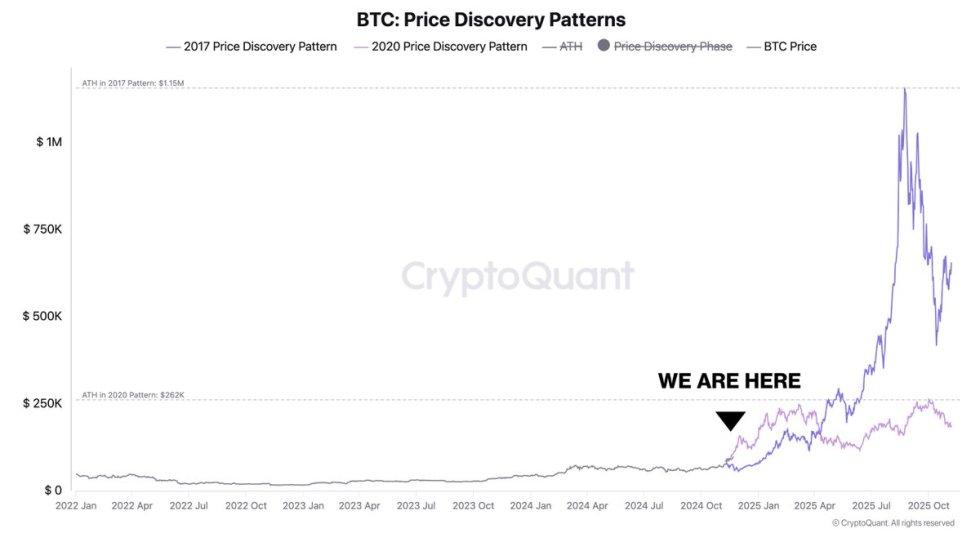


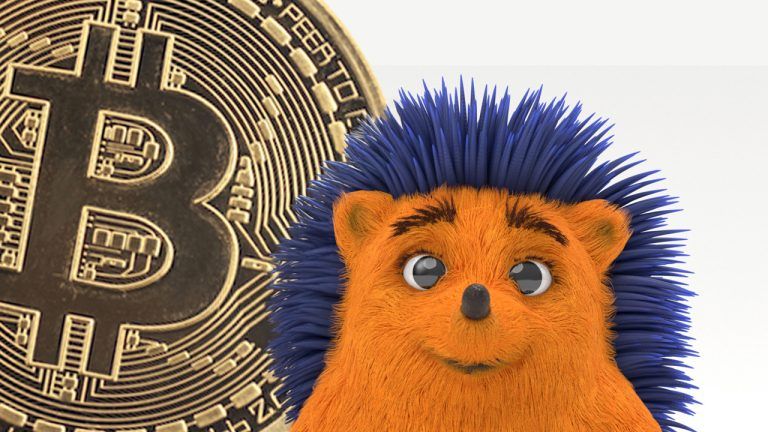
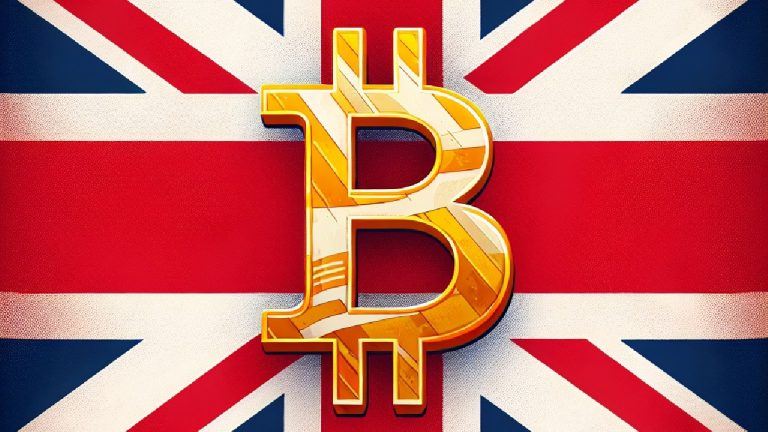
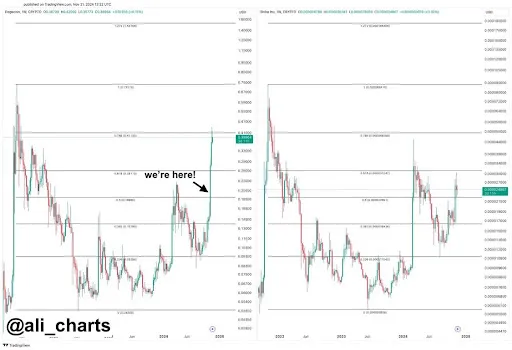
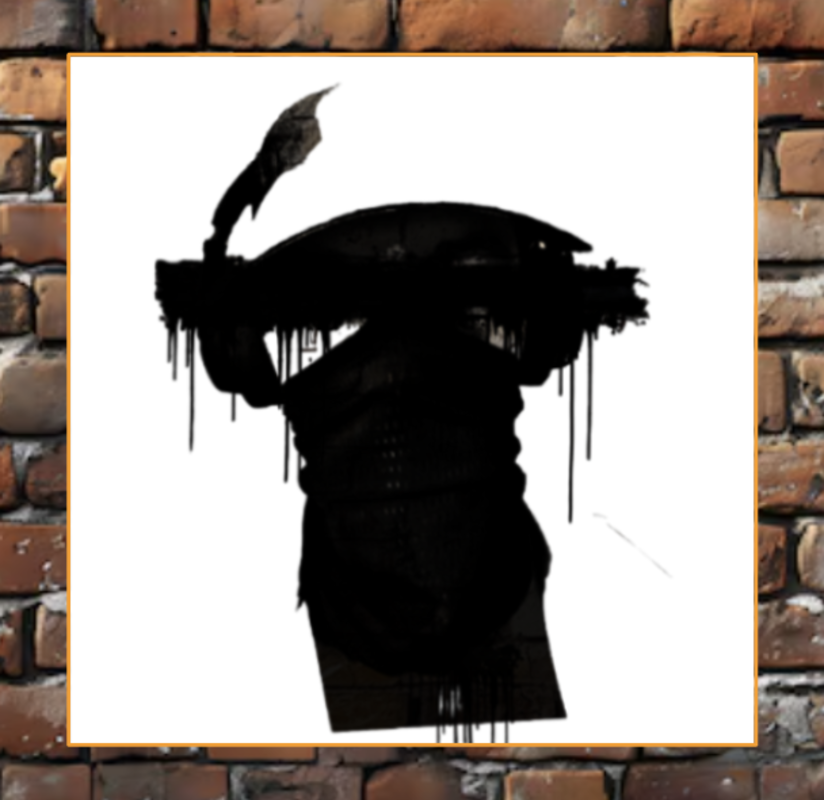

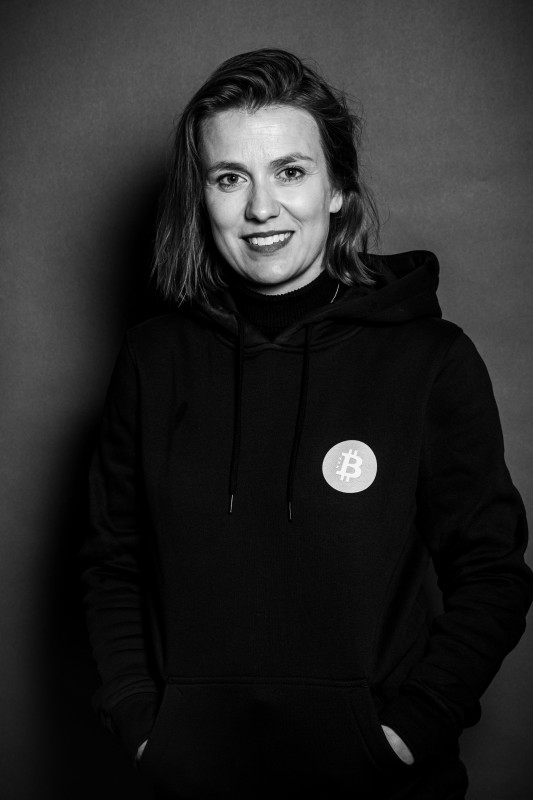
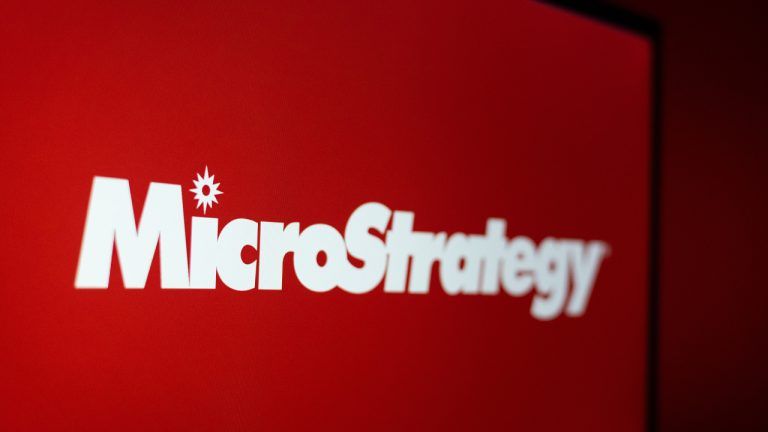

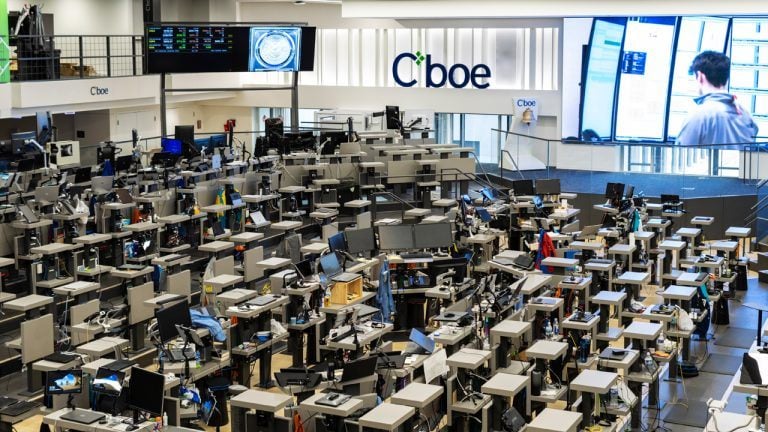

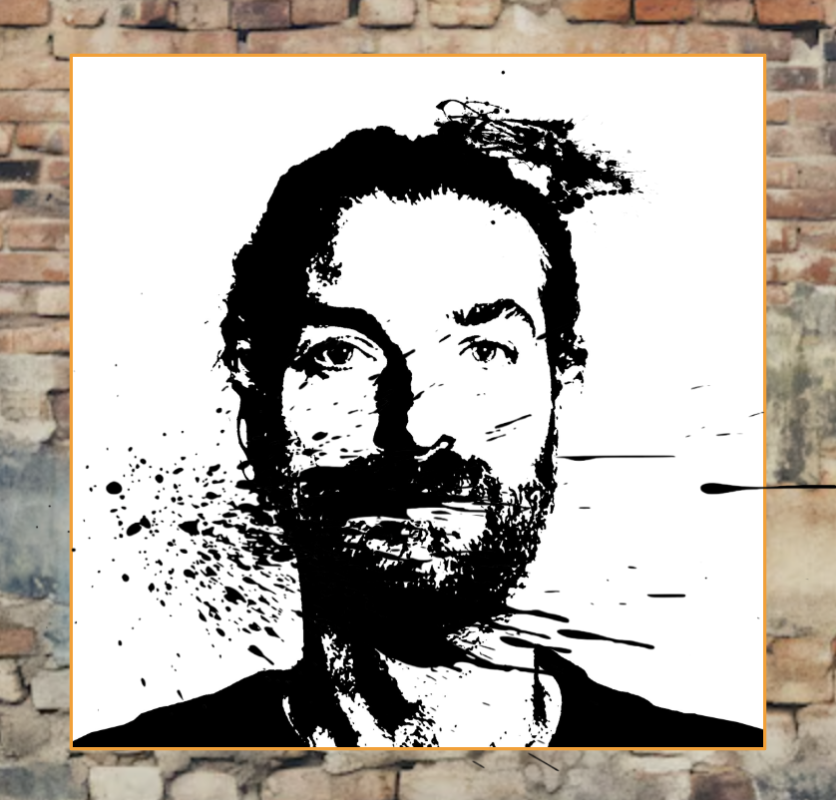
Comments